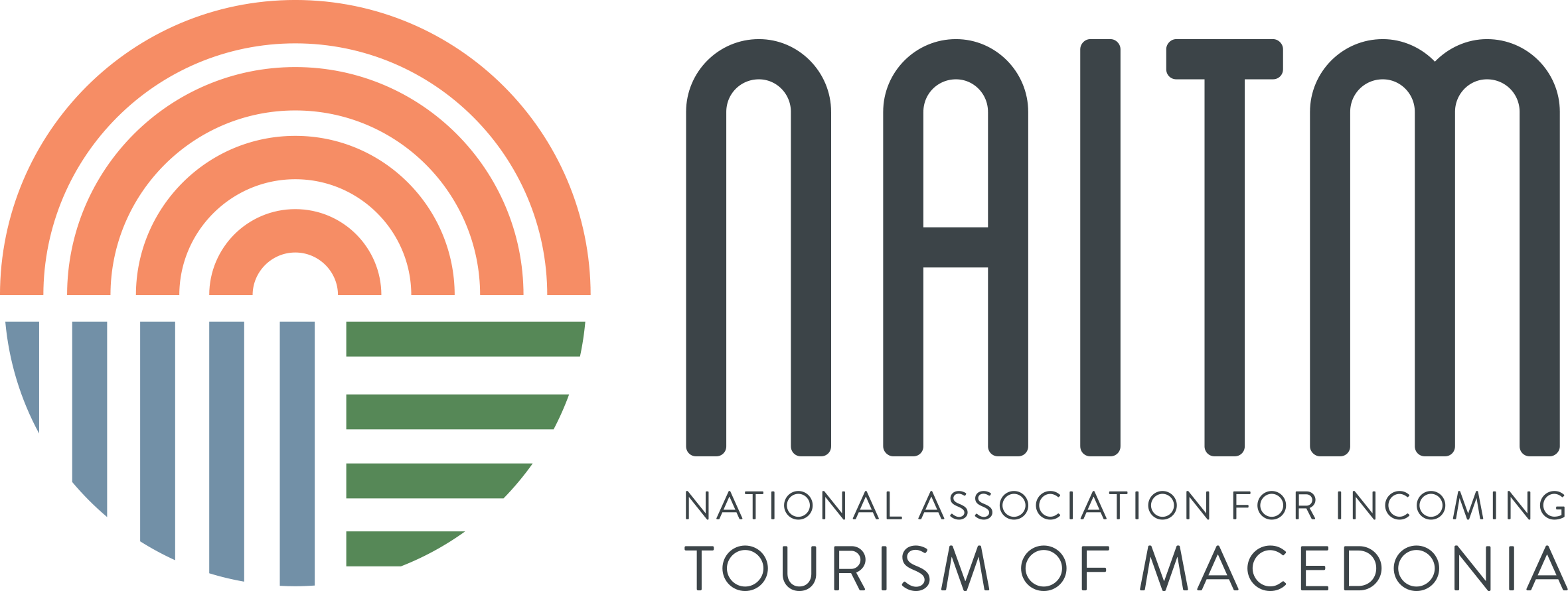| A memorial museum was opened on the former campgrounds in 1967 and in 1979 the campgrounds were declared a Cultural Monument of Exceptional Importance and came under the protection of the Socialist Republic of Serbia. | The Crveni Krst concentration camp (lit. Red Cross concentration camp; German: KZ Crveni Krst; Serbian: Логор Црвени крст, romanized: Logor Crveni krst), also known as the Niš concentration camp (German: Lager Nich), located in Crveni Krst, Niš, was operated by the German Gestapo and used to hold captured Serbs, Jews and Romanis during the Second World War. Established in mid-1941, it was used to detain as many as 35,000 people during the war and was liberated by the Yugoslav Partisans in 1944. More than 10,000 people are thought to have been killed at the camp. After the war, a memorial to the victims of the camp was erected on Mount Bubanj, where many inmates were shot. |
|
0 Comments
Lifestyles and cultures in what is now Bulgaria have developed over thousands of years. The country is located at the crossroad between Europe and Asia, and the lands of Bulgaria have been populated since antiquity. The Slavs and proto-Bulgarians were greatly influenced by the cultures of the Thracians, Illyrians and Greeks, and all peoples who resided on these lands – Thracians, Romans, Slavs, and Bulgarians – have contributed to the world’s cultural heritage. It is no accident that the earliest European civilization grew up here. Some of the most famous treasures in the world were discovered at the Varna necropolis, including the worlds oldest golden ornaments; There are Thracian tombs and sanctuaries in Kazanlak, Sveshtari, Starosel, Aleksandrovo, Perperikon, and Tatul. A large number of other golden artifacts have been found, in the Panagyurishte, Valchitran, Rogozen, and elsewhere. The remains of the Thracian, Hellenistic and Roman culture are many and varied. In the dozens of Thracians tombs that have been discovered, there are unique remains attesting to the high material and spiritual culture of antiquity. Entire city complexes had been found – Augusta Trayana, Trimontium, Nikopolis ad Istrum, Pautalia, Akre, Mesemvria, Apolonia, Serdika and many others. The traditions, festivals, customs, and rituals preserved by Bulgarians through the ages are evidence of the country’s profound spirituality and its dynamic lifestyle and culture.
Bulgarian customs are rooted in antiquity and are closely tied to the country’s history and particular expression of Eastern Orthodox Christianity. Dancing on live coals is an ancient Bulgarian ritual still practiced in a few villages in the Balkan Mountains. The ritual in its authentic form is performed on the name day of Saints Konstantin and Helena – 21 May or (3 June according to the old calendar. Fire dancers prepare for their dance by spending hours locked in a chapel, venerating the icons of these two saints while listening to the beating of drums and the music of gaidas (Bulgarian bagpipes), which is a special melody associated with fire dancing, after which they often fall into trance. In the evening they perform their special dance on live coals. During their dance they always hold aloft in both hands an icon of Saint Konstantin and Saint Helena. Amazingly, they never get hurt or burn their feet. “Mummers” is another local tradition that also found in other societies in the world. The Mummer games are special customs and rituals conducted most often on New Year’s Eve and at Shrovetide. They are only performed by men, who wear special masks and costumes that have been made for the occasion by each of the participants. The mummers’ ritual dances are said to chase away bad spirits and demons at the beginning of every year, so as to greet the new year cleansed and charged with positive energy. “Laduvane” is another interesting ritual thatis performed on the New Year’s Eve, George’s Day, Midsummer’s Eve and St. Lazar’s Day. At this ritual young women predict their future in marriage and the men they will marry. They address Lada, the goddess of love and family life, to ask her about their future husbands. “Lazaruvane” is a ritual related to coming of spring. It is conducted on St. Lazar’s Day, eight days before Easter. The date of the celebration varies, but it is always on the Saturday before the celebration of Palm Sunday. On this day willow branches are picked and used to decorate the doors of houses on the following day. Then the young maidens in the villages pick flowers to shape as garlands on Palm Sunday. On Saturday maidens gather in the home of one of their number and dress in festive clothes decorated with flowers and sprigs. Then they walk through the village from house to house, offering blessings for good health and rich harvests. They are invited in and given small gifts. Probably the most important symbol of Bulgaria is the ritual of making and giving martenitsas for health and happiness at the beginning of March. For Bulgarians this is a symbol of the year’s renewal, again intended to promote health and successful harvests. Especially well-respected in Bulgaria are traditions related to the circle of life – birth, christening, wedding, and funeral. Saints’ name days are also highly respected in the country, the most famous ones being St. John’s day, St. George’s Day, and St. Dimitar’s Day. The holidays that are most honored by Bulgarians are undoubtedly Christmas and Easter – when the generations all celebrate together, united by the feeling of belonging to the harmonious Bulgarian family. Also especially highly honored are the first Sunday before Lent, the second Sunday before Lent, Mother’s Day, All Soul’s Day, and Lent. While traveling around the country, tourists will become acquainted with various rituals and customs, many of which are typical only for specific regions in Bulgaria. The Rose is the symbol of Bulgaria. Rose picking, one of the oldest and traditional customs of Bulgarians, has become primarily a tourist attraction. Carpets from the time of the Bulgarian Revival are now highly valued works of art. The major centers of carpet weaving are Kotel, Chiprovtsi and Samokov. Along with traditional handicrafts, Bulgaria’s people have also preserved a wide range of traditional popular customs and songs. There are a number of architectural reserves in the country that preserve the unique Bulgarian architecture from the age of the Revival (18th – 19th centuries) – Koprivshtitsa, Tryavna, Bozhentsi, Zheravna, Bansko, and Melnik, among others. In some of the ethnographic complexes, such as Etara, Zlatograd, and Old Dobrich, tourists can appreciate first-hand Bulgarian customs and handicrafts, since residents continue to make articles according to old techniques passed down from generation to generation. During the Bulgarian Revival, the monasteries served as centers of artistic and educational activity. There are still many working monasteries in the country – Rila Monastery, Bachkovo Monastery, Troyan Monastery, Zemen Monastery, Glozhene Monastery, Kilifarevo Monastery, Shipchenski Monastery, and others. Our country is also famous for its well-established national traditions of icon painting and wood carving. The best known icons and carvings are from Samokov, Tryavna and Bansko. The Bulgarian national costume is an intrinsic part of Bulgarian lifestyle and culture. Over the ages, folk costume designs have been influenced by Thracian, Slavonic and ancient Bulgarian motives. The basic article of clothing is a white shirt with long sleeves, worn under vests and coats of various shapes, materials and decorations. There are four types of national female costumes: the single apron, the double apron, the tunic, and the sayana, and there are two types of national male costumes: white-shirt and black-shirt. Each ethnographic area (Dobrich, Pirin, Rhodope, Northern, Thracian and Sofia) has its own typical workday, holiday and wedding costumes. An important part Bulgarian culture is folk music and national dances, such as the horo. Instruments typically used to perform Bulgarian national music are the fiddle, the mandolin, the kaval (flute), the gaida (bagpipe), the pipe, the dvoyanka (double pipe), the drum and the taranbuka, another percussion instrument. Bulgarian folksongs are handed down orally from one generation to the next. The ensembles “Cosmic Voices”, “The Mystery of Bulgarian Voices” and the folklore ensemble “Pirin” are internationally famous. Bulgarian traditional dances are exceptionally vivid forms of artistic expression. Most often they are performed by a group of people touching palms in a closed or open circle, semicircle, serpentine pattern, or in a straight line. Participants perform similar movements in unison, along with gestures and steps to a specific melody (the horo). Depending on the rhythm and the steps, there are a number of horo types: the standard horo, the rachenitsa, the paydushko horo and the improvised horo. Bulgaria’s museums preserve valuable collections of domestic, cultural and military articles; statues, burial steles and monuments; masks, mosaics, and small statuettes of ancient gods; and many other precious exhibits. Bulgarians have developed their culture and enriched it over the millennia, and they preserve it and continue to develop it to the present day. In more recent times, Bulgarians have also had reason to take pride in their literature, arts, music, and architecture. A proof of ongoing involvement is Bulgaria’s rich cultural calendar of national and international festivals for young and old alike, as well as other gatherings, cultural events, and expositions. https://bulgariatravel.org/ 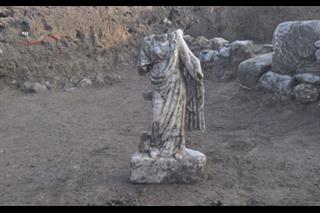 11/28/2014 7:45:00 PM KOSTOLAC - #Archeological digs in #Viminacium, capital of the #Roman province of #Moesia Superior between 1st and 4th centuries AD, revealed exquisitely carved marble statues and a gold necklace from the Roman period. Director of Viminacium archaeological park Miomir Korac told Tanjug that the archeologists this year focused on unearthing the Roman villa rustica and exploring the excellently preserved Roman wells. The excavations also included the area between the city's amphitheatres, the residential areas and the eastern city wall, he added. The #discovery of a very well preserved Roman street, paved with stone blocks from one to over three meters long and weighing several tons each, confirmed the results of geophysical surveys that pointed to the remarkably well preserved city structure of Viminacium and revealed the exceptional beauty of its buildings. The exquisitely carved marble sculptures were found in the space between the amphitheaters and the residential areas, said Korac. One of them is a 70-centimeter tall statue of a standing female figure holding a cornucopia in her left hand, with a relief in the background presumably symbolizing the throne. The head and the arms of the statue are broken off. One arm and several other pieces of the sculpture were found nearby. According to Korac, the statue probably represents Fortuna, the Roman goddess of fortune. The second statue is also of a standing female figure. The 30-centimeter tall marble sculpture is damaged, with the head, both arms and the lower part of the legs missing. Along with the sculptures, a slightly damaged necklace made of double gold strands and cylindrical green stone beads was unearthed. The clasp has been preserved, and the necklace most likely had a pendant, also made of thin gold strands and stone. Viminacium, around 100 km east of# Belgrade, at the confluence of the Mlava and the #Danube rivers, is one of the best preserved Roman cities and #military camps in #Serbia. http://www.tanjug.rs/news/155509/marble-statues--gold-necklace-found-at-viminacium.htm Bulgarian wines — along with those of other #Balkan nations — are just emerging on the market. And unlike the cheap and cheerful exports of the 1980s, which consisted primarily of international varieties and gained little traction, the nouvelle vague now reaching our shores will showcase local grapes at higher, well-merited price tags. By Christy Canterbury, MW
PARTENZA CONFERMATA !!!
TOUR ALLA SCOPERTA della SERBIA dal 16 al 23 Maggio 2014 “Il territorio della Serbia, crocevia di commerci e ponte tra Oriente e Occidente, è stato nei secoli un’ importante zona di confine dell’ #Impero Romano.- All’inizio di quest’epoca, il grande Impero Romano stabilì la frontiera in corrispondenza dei #Balcani – “il limes” sul Danubio.-Decine di fortificazioni militari sono state costruite lungo questa linea di difesa, mentre l’entroterra era attraversato da una rete di strade che servivano a collegare zone distanti dell’Impero.-Nei punti in cui queste arterie si intersecavano, fiorivano grandi e ricche città.- La ricchezza delle costruzioni di epoca romana e la presenza di 16 imperatori romani nati e vissuti in Serbia sono testimonianza dell’importante lascito culturale di questi territori.----Ma la #Serbia è anche bizantina, come dimostrano molte chiese ortodosse.” 1° giorno: venerdì - Milano - Belgrado Ritrovo all'aeroporto di Milano in tempo utile per prendere il volo Easy Jet diretto per Belgrado, delle ore 13,25. Arrivo previsto per le ore 15,10, Incontro con la guida che resterà a disposizione del gruppo durante tutta la permanenza in Serbia. All' arrivo giro panoramico di #Belgrado. Sistemazione in hotel. CENA: Ristorante tipico quartiere Sumadija o sul Danubio 2° giorno: sabato: NOVI SAD - FRUSKA GORA - BELGRADO (100 km) Prima colazione. Visita di #Novi Sad. E' situata lungo il Danubio ai piedi della Cittadella di Petrovaradin (XVIII secolo), una massiccia costruzione che sorge sul sito di un antico villaggio romano e poi di un convento di cistercensi, divenuto l’attuale fortezza nei secoli Seicento e Settecento. Assai più multietnica della capitale, è una città grande ma accogliente, dai larghi viali e dalle belle piazza, importante centro universitario, dall’atmosfera giovane e vivace, grazie anche alla presenza degli studenti. Visita della città e della fortezza di Petrovaradin. Si prosegue visitando i famosi Monasteri della Fruska Gora, regione di grande interesse paesaggistico e d’arte che copre gli unici rilievi della sconfinata Pannonia, in una zona verdissima dichiarata Parco Nazionale. Qui si trova la più alta concentrazione di monasteri della Serbia edificati tra il XV e il XVIII secolo. Si vedranno il #Monastero femminile di Krušedol, il più importante di tutti, che custodisce le spoglie di molti personaggi famosi nella storia della Serbia, e il #Monastero di Novo Hopovo. Visita inoltre della cittadina di Sremski Karlovci, con il Patriarcato, il Gimnasium, la Chiesa Ortodossa, la Chiesa Cattolica. Nel pomeriggio arrivo a Belgrado, sistemazione in hotel. Pensione completa. PRANZO: Cantina“Zivanovic” Sremski Karlovci con degustazione di vini - CENA: in hotel 3° giorno: domenica - BELGRADO Prima colazione. Visita di #Belgrado, con il centro storico, la fortezza di Kalemegdan e il #Museo Etnografico. L’antica capitale della Jugoslavia, ed oggi della giovane Repubblica Serba, è da sempre il centro commerciale e culturale dell’intera regione. Vivace, moderna, attiva, in perenne espansione e sviluppo, conta ormai con la periferia oltre 2 milioni di abitanti. Adagiata sul breve altipiano alla confluenza del Danubio con la Sava, si presenta con grandi viali rettilinei ombreggiati da platani e tigli, su cui si affacciano antichi palazzi di diversi stili, ampi parchi e zone verdi. Cena di benvenuto con musica dal vivo nel caratteristico quartiere boheme Skardalja, nato tra la fine dell'Ottocento e l'inizio del Novecento in un’epoca in cui le sue antiche osterie erano il luogo di incontro dei nomi più famosi della Belgrado culturale. Di pomeriggio escursione al quartiere Zemun situato sull'altra sponda del fiume Sava. Ospita la Torre del Millennio, costruita sulla collina di Gardos nel 1896 dagli ungheresi per celebrare i 1000 anni di presenza magiara in Pannonia. Zemun fu costruito sui resti della città romana di Taurunum, distrutta dagli unni nel V secolo e nuovamente fortificata dai bizantini nel IX secolo. Nel 1891 furono scoperti i resti di un santuario di epoca romana nel quale si celebravano le divinità Dionisio ed Ercole, probabile culto popolare delle provincie balcaniche. Pensione completa. PRANZO: Ristorante tipico quartiere Sumadija o sul Danubio.- CENA: in hotel 4° giorno: lunedì BELGRADO - VIMINACIUM - FELIX ROMULIANA - NIŠ (470 km) Prima colazione. Partenza per la visita #Viminacium. Fondata nel I secolo sulle rive della Mlava, un affluente del Danubio, Viminacium fu la più importante città romana della parte settentrionale della provincia della Mesia. Durante la campagna di Dacia (101-106) l'imperatore Traiano fece radunate qui le legioni e costituì in città il proprio quartier generale. Secondo gli usi del tempo la città ospitava, ricche domus, templi, teatri, bagni pubblici, l'anfiteatro ed i palazzi pubblici. Nella zona sono state scoperti 40.0000 oggetti, oltre 700 gioielli in oro ed argento ed una necropoli con oltre 14.000 tombe. Alcune di queste presentano ancora oggi bellissimi #affreschi del IV secolo. Si prosegue con la visita del sito archeologico di Felix Romuliana, protetto dall'Unesco. All'inizio del III secolo Romuliana era un piccola comunità agricola lontana da tutte le principali vie di comunicazione. Fu solo verso la fine del III secolo – inizio del IV, con l'ascesa al trono di Galerio che la cittadina si arricchì con palazzi imperiali, terme e templi. Le cronache dell'epoca descrivono Galerio sofferente di reumatismi, è dunque probabile che l'imperatore scelse questa località per le diverse fonti di acqua minerale che fuoriesce dal terreno ad una temperatura compresa tra il 38 ed i 43 C°. In un primo tempo il palazzo imperiale aveva forma rettangolare, di circa 210x180 m. ed aveva una pianta simile a quella del palazzo di Diocleziano a Spalato, ma con solo due entrate. Nel 1969 fu scoperto un mosaico che raffigura Dionisio e nel 1972 i resti della statua di Galerio realizzata probabilmente nel 303 in occasione del decimo anniversario della nomina dell'Imperatore. La statua si trovava in una nicchia del vestibolo. Il nome della città, scritto su un archivolto, “Felix Romuliana” fu scoperto solo nel 1984. Arrivo a Nis, la terza città della Serbia dopo Belgrado e Novi Sad ed uno dei principali centri industriali del Paese. Nella zona sono localizzate soprattutto industrie elettroniche, tessili, metalmeccaniche e della lavorazione del tabacco. Nis è anche città universitaria con 13 facoltà ed oltre 30.000 studenti. Naissus, il nome antico della città, da sempre rappresentò un importante centro culturale e religioso della Mesia e fu il luogo natale degli imperatori romani Costantino il Grande (306-337 d.C.) e Costantino III (421). Sistemazione in hotel. Pensione completa. PRANZO: Hotel-Ristorante Balkan High Way lungo il percorso.- CENA: in hotel 5° giorno: martedì - NIŠ - MEDIANA - LJUBOSTINA - ŽIČA - KRALJEVO (290 km) Prima colazione in hotel. Breve visita della #Fortezza di Nis. Visita del sito archeologico Mediana che era la residenza degli imperatori che visitavano Naissus l'odierna Nis). Costruito durante i primi anni del IV secolo, il complesso comprendeva la villa (il peristilio è decorato con mosaici floreali), le terme alimentate da un acquedotto e da un serbatoio sopraelevato ed altri edifici di pertinenza. La villa, posizionata nel centro del complesso, aveva superficie di circa 6.000 m/q ed includeva anche le terme, alimentate direttamente con acqua minerale alla temperatura di circa 38 C°. L'edificio era interamente decorato con affreschi, colonnati di varie forme, marmi e mosaici che disegnavano figure geometriche e figure floreali. Durante alcuni scavi vennero trovati i resti di un cancello in bronzo con incisa la figura di Faustina, la seconda moglie di Costantino il Grande (325 d.C.). Gli esperti ritengono tuttavia che il cancello sia arrivato nella villa in epoca successiva, durante gli ultimi mesi di vita dell'imperatore Giuliano morto a Naissus nel 361. Fu distrutta dagli unni nel 441. Proseguimento con la visita del #Monastero di Ljubostina che ha ricche decorazioni plastiche a porte e finestre. In fine, in periferia di Kraljevo, visita del #Monastero di Žiča che ha un tipico colore rosso scuro con filigrane in pietra che ricordano le decorazioni tipiche della migliore arte araba; è considerato uno dei più bei monasteri serbi, costruito tra il 1206 e il 1217; il suo stile architettonico appartiene alla scuola di Raska e rappresenta un tipico esempio di architettura serba del XIII secolo; fu proclamato sede della chiesa serba da San Sava. Il Monastero di Studenica è il più meridionale, il più antico, il più grande e il più ricco dei monasteri ortodossi della Serbia, grande centro artistico e spirituale situato nella pittoresca valle dell’Ibar tra alte montagne e rigogliose foreste, su cui ha vegliato per secoli la maestosa #fortezza di Maglić; vero capolavoro e prototipo dell’#architettura serbo-ortodossa la Chiesa della Vergine, unico esempio dell’architettura serba, in marmo bianco mirabilmente patinato dal tempo; magnifico il portale, inquadrato da raffinate sculture ornamentali e sovrastato da bassorilievi; prezioso il tesoro, tra cui una bara in ebano incrostata e avvolta da una teca d’argento che custodisce le spoglie del re Stefano I; raro gioiello bizantino la piccola chiesa di fianco alla chiesa madre; stupendi e preziosi gli affreschi del ‘200, tra i più celebri dell’arte serba per l’incisività del disegno, la composizione e lo splendore dei colori. Sistemazione in hotel a #Kraljevo. Pensione completa. PRANZO: Ristorante Konak – Kruscevac CENA-hotel 6° giorno: mercoledì - KRALJEVO - STUDENICA - SOPOCANI - KRALJEVO (260 km) Prima colazione. Giornata dedicata alla visita di alcuni tra i più importanti monasteri della Serbia. Si inizia con il #monastero di Studenica, patrimonio UNESCO dal 1986. E' il più meridionale, il più antico, il più grande e il più ricco dei monasteri ortodossi della Serbia, grande centro artistico e spirituale situato nella pittoresca valle dell’Ibar tra alte montagne e rigogliose foreste, su cui ha vegliato per secoli la maestosa fortezza di Maglić; vero capolavoro e prototipo dell’architettura serbo-ortodossa la #Chiesa della Vergine, unico esempio dell’architettura serba, in marmo bianco mirabilmente patinato dal tempo; magnifico il portale, inquadrato da raffinate sculture ornamentali e sovrastato da bassorilievi; prezioso il tesoro, tra cui una bara in ebano incrostata e avvolta da una teca d’argento che custodisce le spoglie del re Stefano I; raro gioiello bizantino la piccola chiesa di fianco alla chiesa madre; stupendi e preziosi gli affreschi del ‘200, tra i più celebri dell’arte serba per l’incisività del disegno, la composizione e lo splendore dei colori; Sulla via del rientro visita del #Monastero Sopocani patrimonio UNESCO dal 1979. Fu costruito nella seconda metà del XIII secolo, nella regione di Ras dal Re Stefan Uros I di Serbia. Divenne mausoleo della famiglia reale. Gli affreschi all’interno della Chiesa a tre navate che ricorda la forma architettonica occidentale sono tra le più eccezionali realizzazioni pittoriche dell’arte europea del XIII secolo. Ritorno a Kraljevo. Pensione completa. PRANZO: Ristorante a Novi Pazar- CENA: in hotel 7° giorno: giovedì KRALJEVO - MANASIJA - RAVANICA - OPLENAC - BELGRADO (400 km) Prima colazione in hotel. Partenza per la visita di due splendidi monasteri: #Manasija e #Ravanica. ll #Monastero di Manasja è splendidamente arroccato entro un’antica e possente cinta muraria, capolavoro dello stile della Morava, impreziosito da splendidi affreschi di estrema vivacità espressionistica e cromatica da annoverarsi tra i tesori dell’arte serba, dovuti ad artisti forse greci addottrinati sul monte Athos. E il Monastero di #Ravanica, grande luogo di pellegrinaggio e di culto immerso in un paesaggio pittoresco. Continuazione con la visita del Mausoleo di Oplenac, che custodisce le spoglie della dinastia dei Karađorđević, la più importante famiglia reale della Serbia. In stile serbo-bizantino, ha l’esterno in marmo bianco e l’interno rivestito da marmo verde e bellissimi mosaici nello stile degli antichi affreschi. Per le decorazioni sono state utilizzate oltre 6 milioni di tessere in 15.000 colori; il risultato è decisamente d’effetto e di alto valore artistico. Nell’abside è custodita la tomba di re Pietro I, morto nel 1921; molti altri membri della dinastia riposano invece nella cripta, se possibile ancora più splendida dell’abside. Continuazione per #Belgrado. Pernottamento in hotel a Belgrado. PRANZO: Ristorante a Despotovac.- CENA: Ristorante tradizionale 8° giorno: venerdì BELGRADO - ITALIA Prima colazione in hotel Poi trasferimento in aeroporto in tempo utile per prendere il volo delle ore 15,45 diretti a #Milano. Arrivo previsto alle ore 17,30. Per iscrizioni o maggiori info scrivere a [email protected] oppure contattare il numero 3498727321
3 g. PLOVDIV – KARANOVO – NESSEBAR (300 km) 26.4 sabato
Prima colazione. Visita di Plovdiv vecchia: un intero quartiere fatto di antichi edifici realizzati nello stile definito il “barocco di Plovdiv”. Seguendo le strade ciottolose che si sviluppano lungo questa collina si potranno ammirare le tante abitazioni che per decenni hanno ospitato le più importanti famiglie della città. Oggi, una di queste case, costruita nel 1847, ospita lo splendido Museo etnografico. A poca distanza si trova la chiesa SS. Costantino ed Elena costruita nel 1832. Visita del Teatro romano (da fuori). Partenza verso il Mar Nero con sosta a Karanovo per visitare una delle più recenti ed interessanti scoperte archeologiche della Bulgaria – un tumulo che contiene tra gli altri oggetti un calesse intero con dei cavalli, parte del ricchissimo corredo funebre di un aristocratico tracio dei primi secoli d.C. Arrivo a Nessebar. Sistemazione in hotel. Pensione completa. 4 g. NESSEBAR – VARNA – MADARA – VELIKO TARNOVO (350 km) 27.4 domenica Prima colazione. Visita di Nessebar, cittadina posta sotto la protezione dell’Unesco in quanto il luogo più ricco di testimonianze storiche di tutta la costa di Mar Nero. Si incontrano in rapida successione le chiese del Pantocrator, di San Giovanni Battista e del Redentore. Partenza per Varna – la capitale marittima della Bulgaria. Visita del Museo Archeologico ed il centro città. Partenza per visitare il Cavaliere nella roccia di Madara – monumento protetto dall’Unesco. Arrivo a Veliko Tarnovo. Sistemazione in hotel. Pensione completa. 5 g. VELIKO TARNOVO – ARBANASSI – ETARA – KAZANLAK (120 km) 28.4 lunedì Prima colazione. Visita del Monte Tzarevez di Veliko Tarnov dove ancora oggi sono tangibili le testimonianze della grandezza del Secondo Regno bulgaro e il quartiere degli artigiani. visita di Arbanassi, un piccolo villaggio che ospitava le famiglie borghesi di Veliko Tarnovo. Qui si visitano la medioevale Chiesa della Natività, famosa per gli splendidi interni interamente affrescati, e la casa museo Kostanzaliev. Questo grande edificio venne costruito nel secolo XVIII da un ricco mercante della zona. Proseguimento per il villaggio-museo all'aperto Etara con spettacolo “Rito Matrimoniale”. Breve sosta alla Chiesa della Natività di Shipka, situata in mezzo al verde della Stara Planina. Costruita nel secolo XIX, si presenta nello stile delle chiese di Mosca del secolo XVII. Arrivo a Kazanlak. Pensione completa. 6 g. KAZANLAK – KOPRIVSHTIZA – KREMIKOVZI – SOFIA (220 km) 29.4 martedì Prima colazione. Visita di Kazanlak, visita della famosa Tomba Tracia (protetta dall'UNESCO) risalente a circa 4000 anni fa ed il Museo etnografico dove sono esposti alcuni macchinari d'epoca per la lavorazione dei petali di rose. Degustazione di grappa “rosaliika” e marmellata di rose. Partenza per Koprivshtiza. Visita del centro storico di questa cittadina che ospita alcune tra le più belle case storiche di tutta la Bulgaria. Ancora oggi, di queste case costruite interamente in legno tra il 1700 ed il 1800 ne esistono più di sessanta. Visita alla Chiesa della Vergine (Uspenie Bogirodichino) e due delle case – museo. Prima dell'arrivo a Sofia, sosta per visitare il Monastero di Kremikovzi che venne fondato durante il XIV secolo, sotto il regno di zar Ivan Alexandar. In quell’epoca vennero eretti intorno a Sofia 14 nuovi complessi monastici. Distrutto nel 1332 venne poi ricostruito nel 1493, l’anno in cui fu eretta anche la Chiesa di San Giorgio il cui interno contiene affreschi di straordinario valore, una specie di galleria di capolavori creati da artisti dalla grande scuola d’arte di Tarnovo: il colore è solenne e armonioso, il tratto elegante, le figure plastiche e vitali. Sistemazione in hotel a Sofia. Pensione completa. 7 g. SOFIA – RILA – SOFIA (250 km) 30.4 mercoledì Prima colazione e trasferimento nella periferia della capitale per visitare la Chiesa di Boyana ed il Museo storico nazionale. Questa chiesa, inserita in un parco di alberi secolari, rappresenta uno straordinario ed unico esempio dell’architettura ecclesiastica medioevale dell’area balcanica. Costruita nel secolo X, presenta alcuni affreschi risalenti al secolo XIII che per la tecnica adottata costituiscono una anticipazione degli innovativi temi stilistico – esecutivi della grande pittura italiana. Proseguimento verso il Monastero di Rila considerato il più importante monastero dei Balcani. Fondato nel secolo X, questo monastero ha rappresentato per secoli un fondamentale punto di riferimento culturale del Paese ed uno dei principali centri del Cristianesimo Ortodosso. Pranzo in ristorante. Ritorno a Sofia. Cena e pernottamento. 8 g. SOFIA – ITALIA 1.5 giovedì Prima colazione. Eventuale approfondimento della visita di Sofia. Trasferimento in aeroporto, partenza per l’Italia. |
Archives
April 2023
Categories
All
|
||||||||||||||||||||

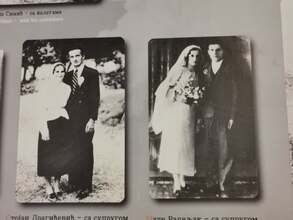
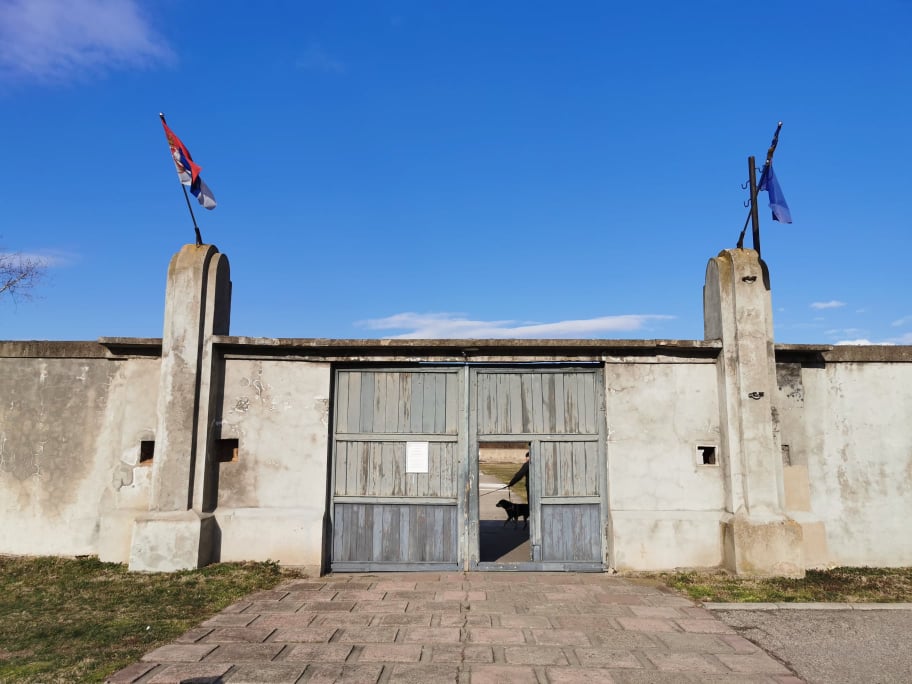

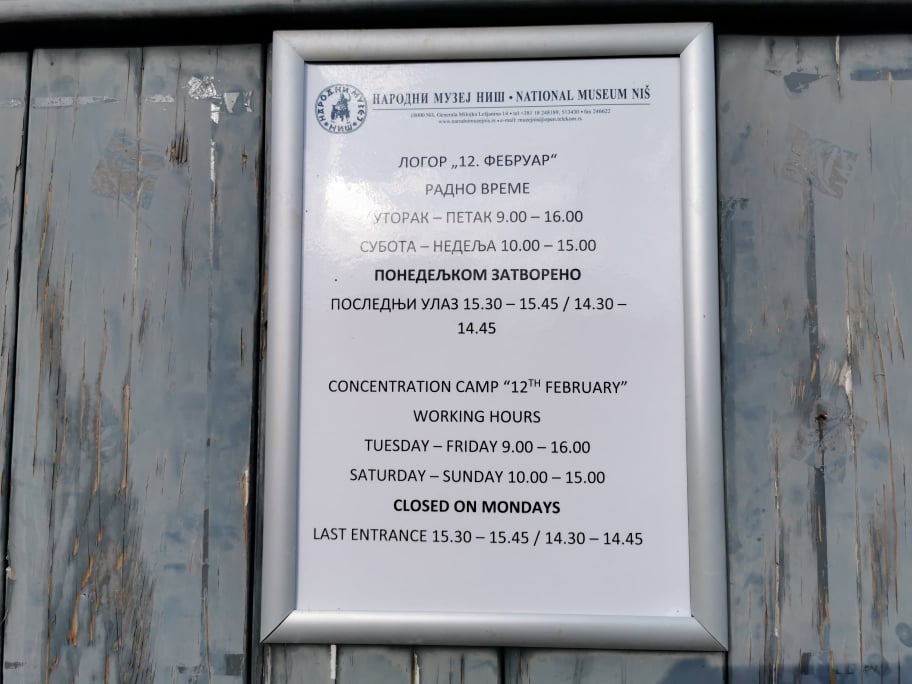
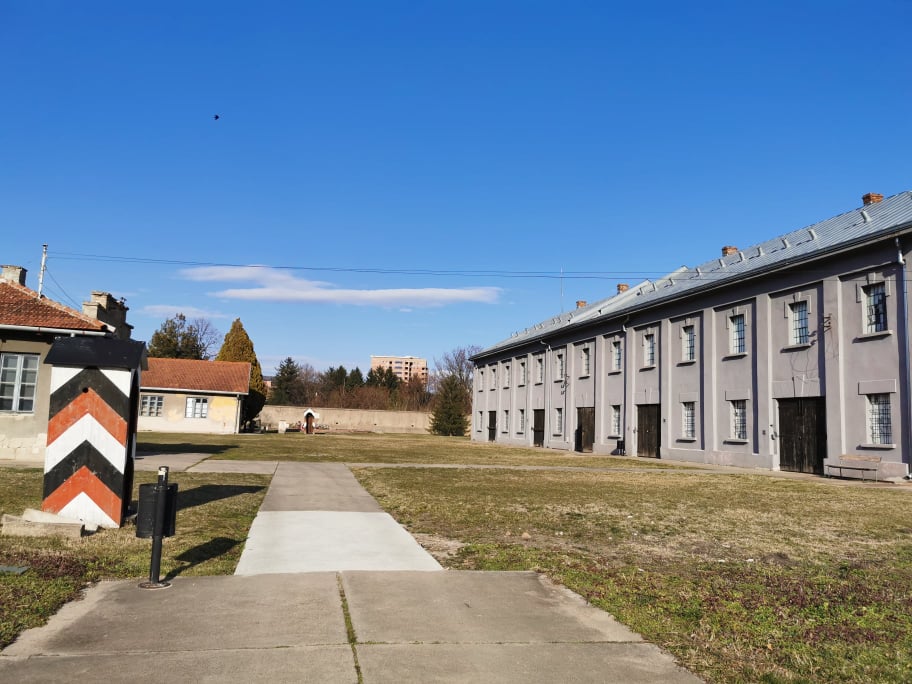

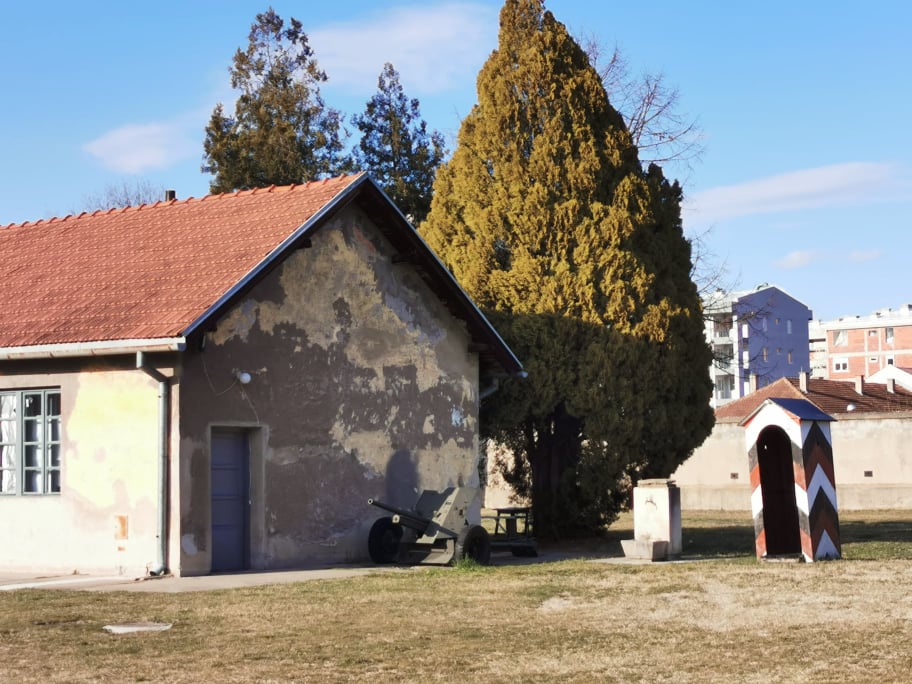
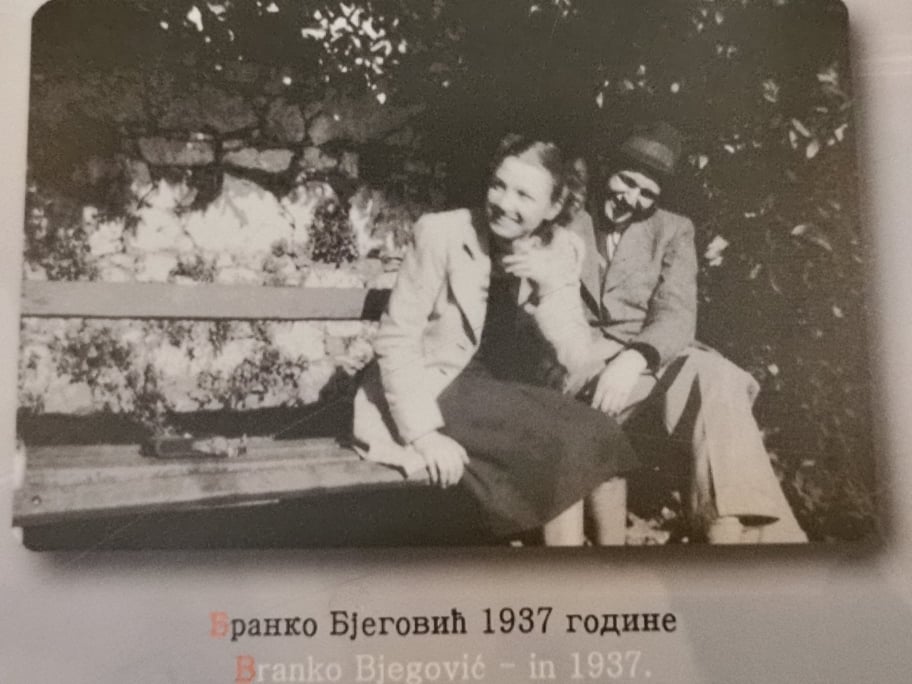
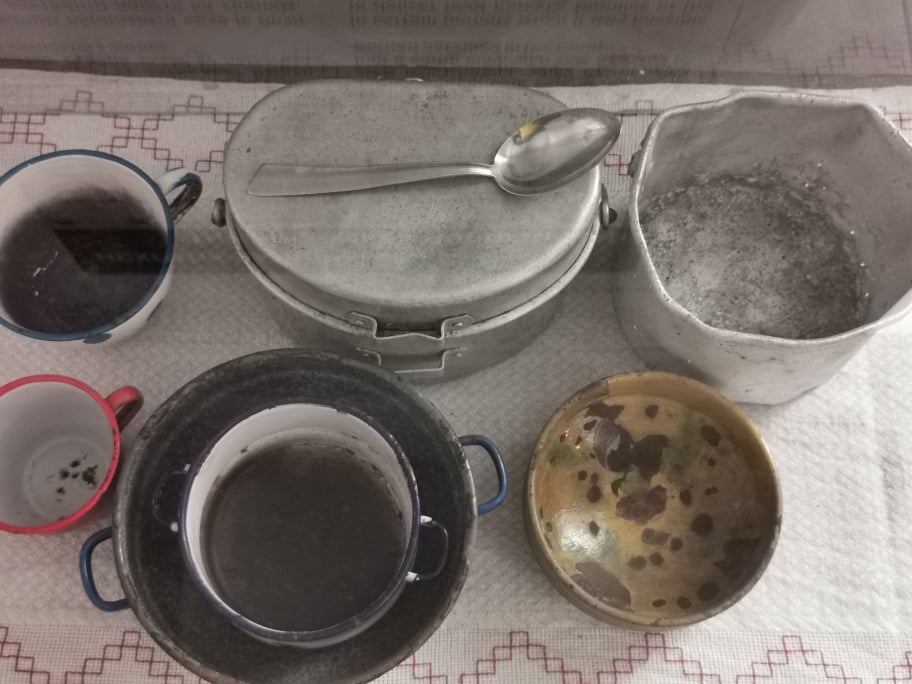
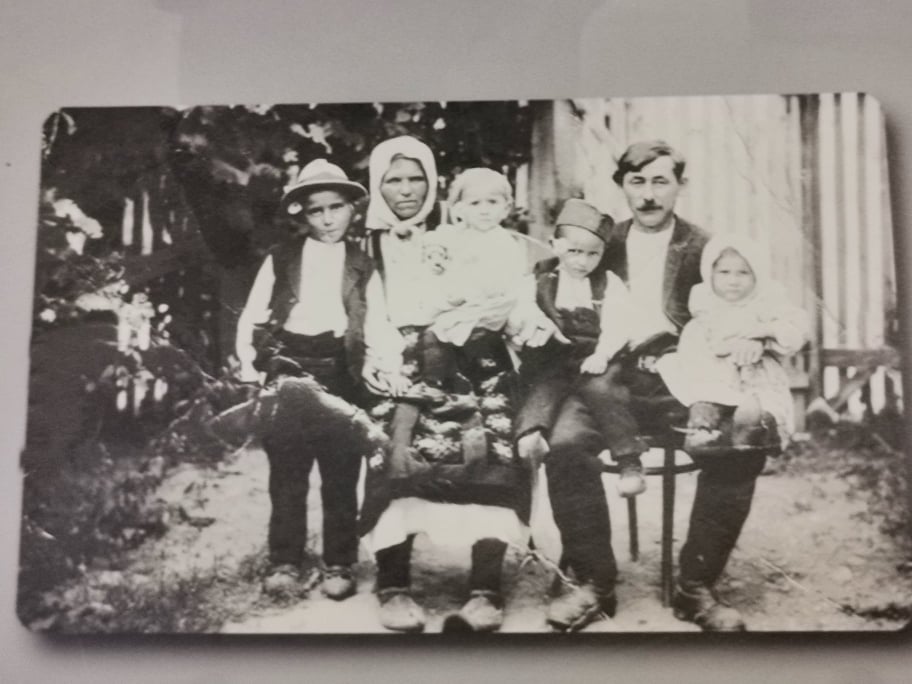
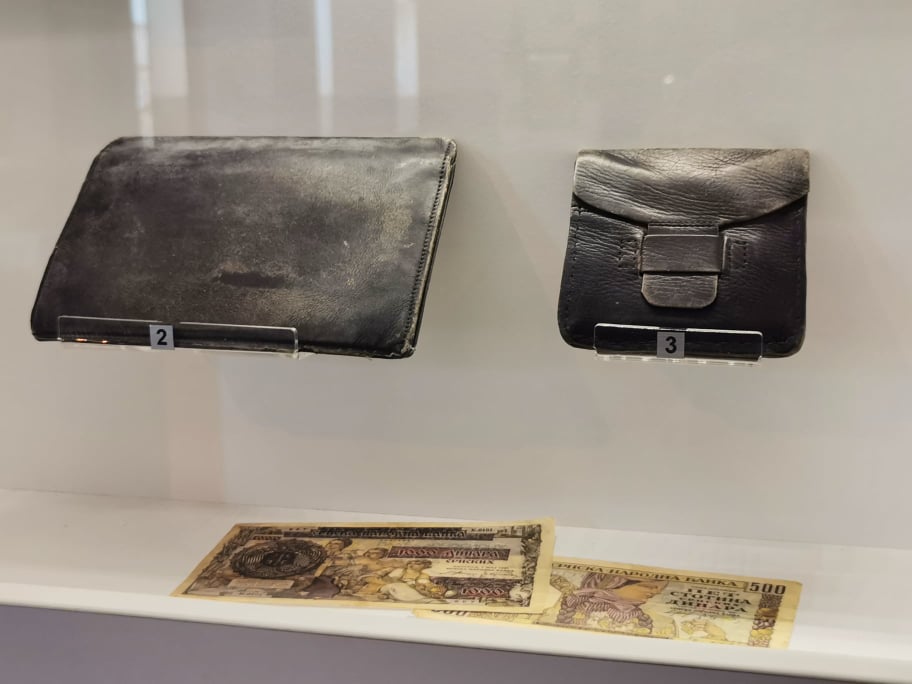
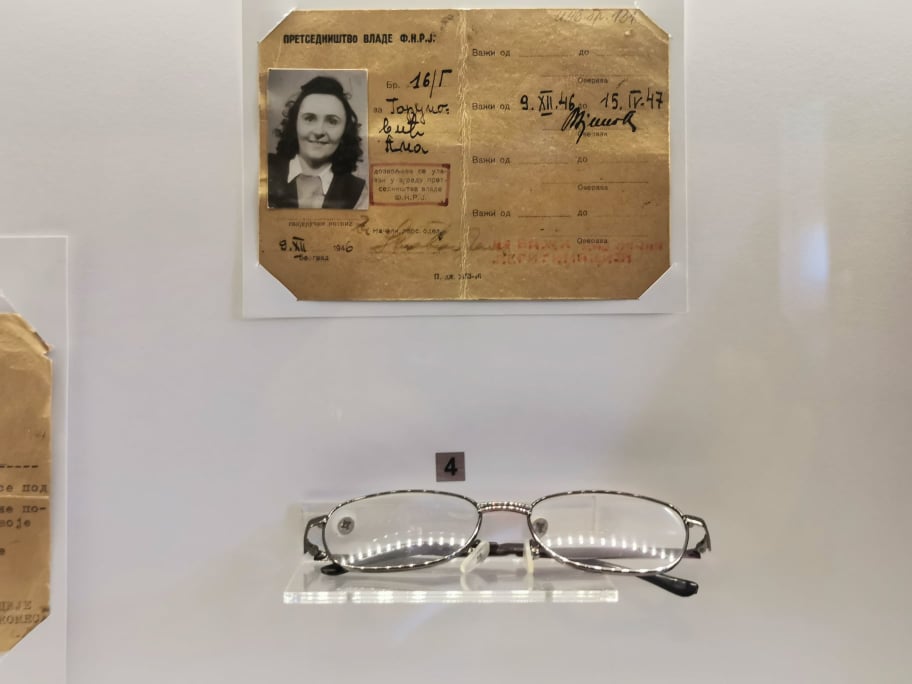
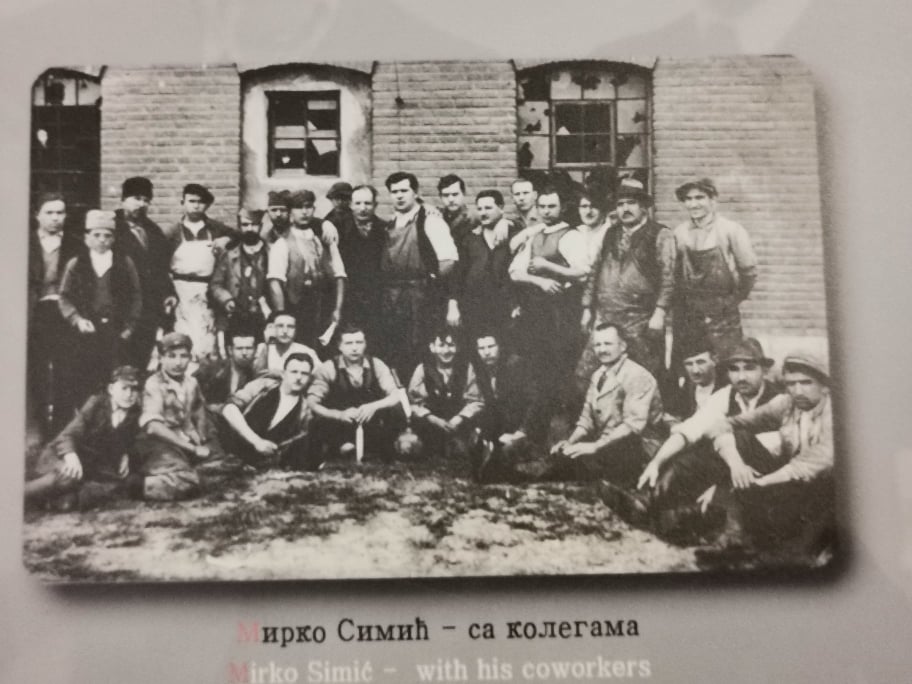
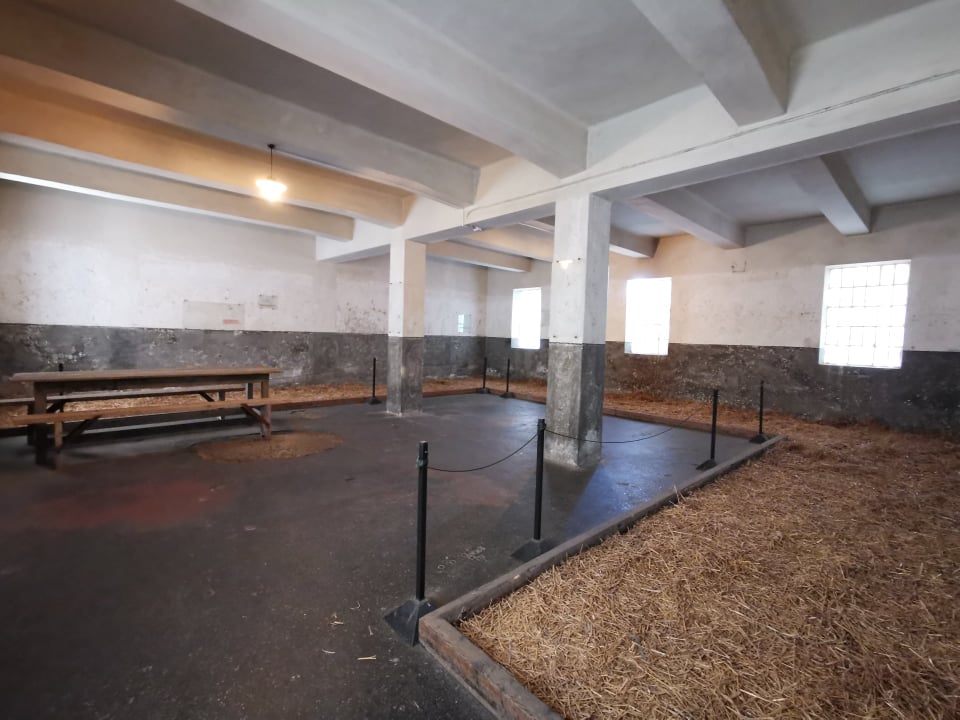
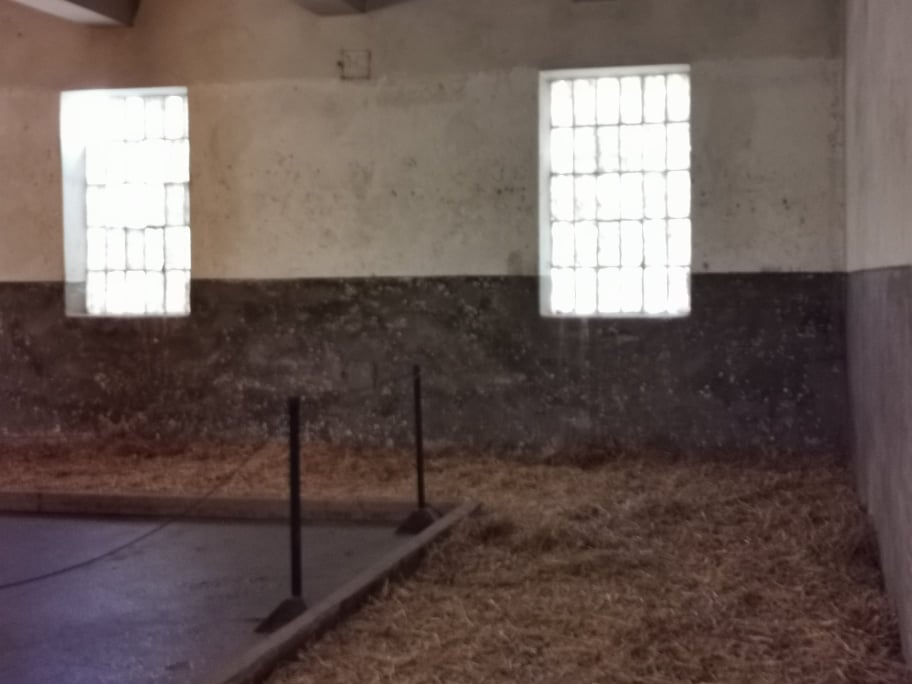
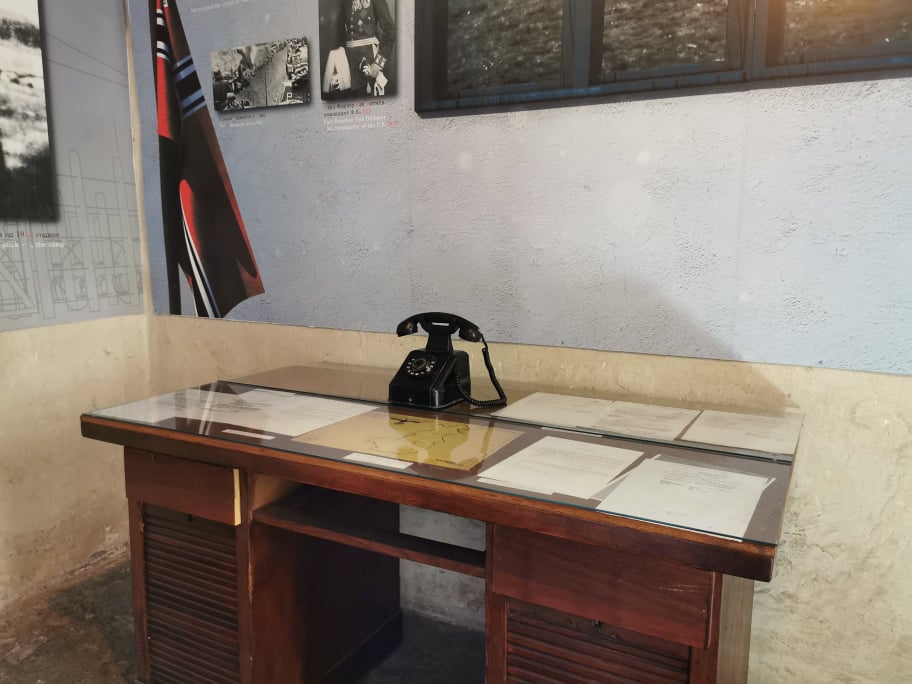
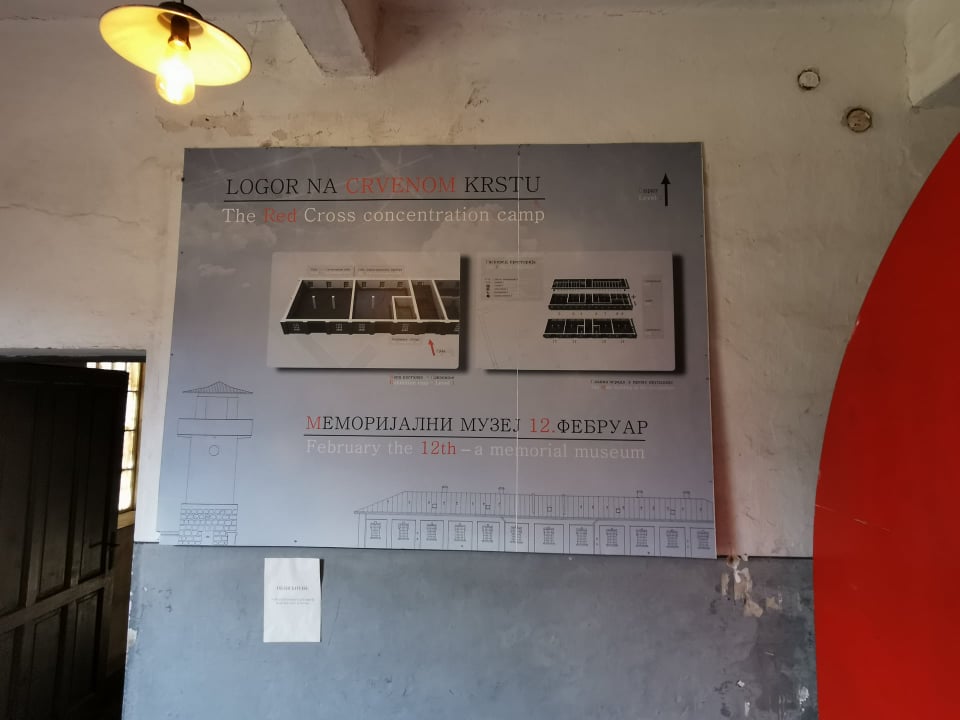
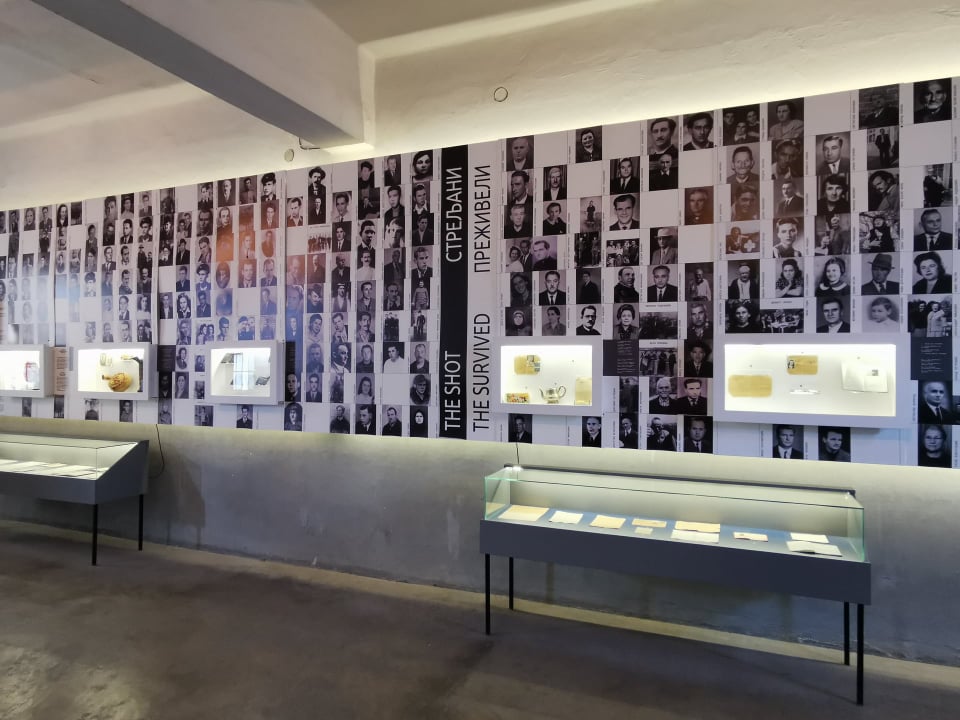
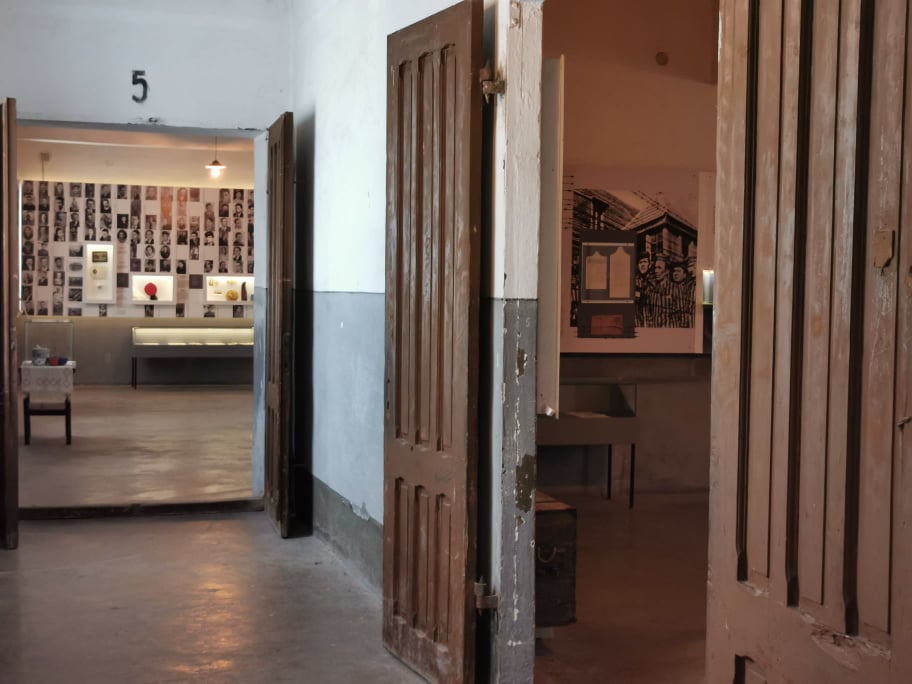
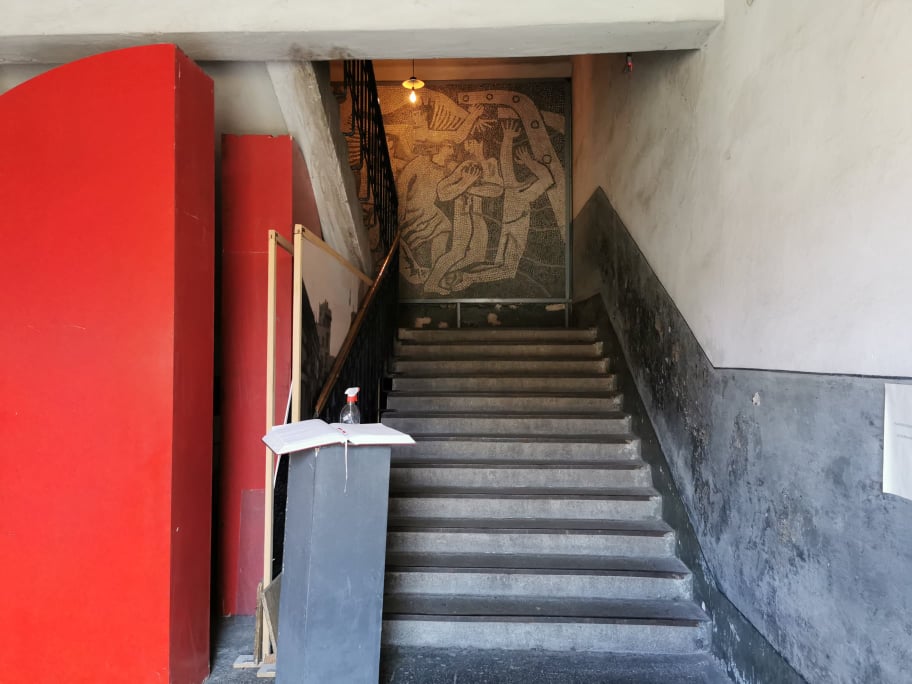

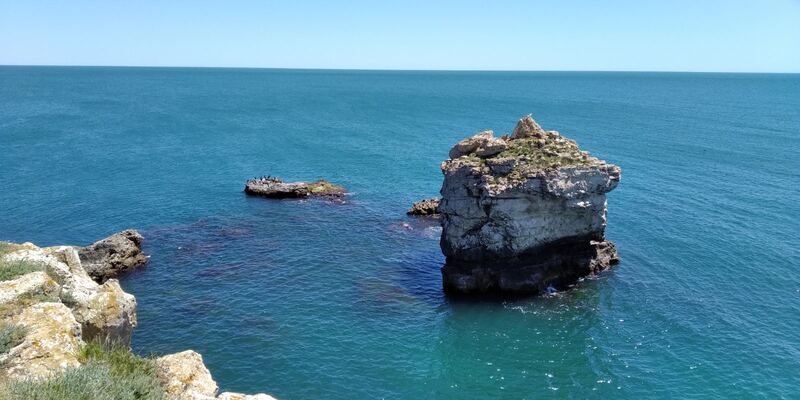
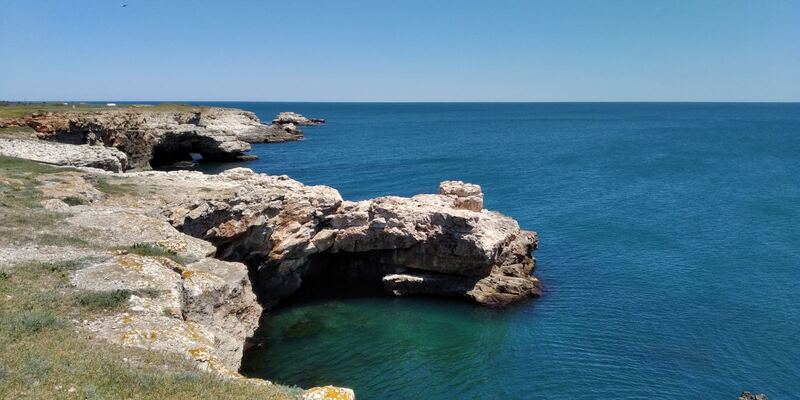
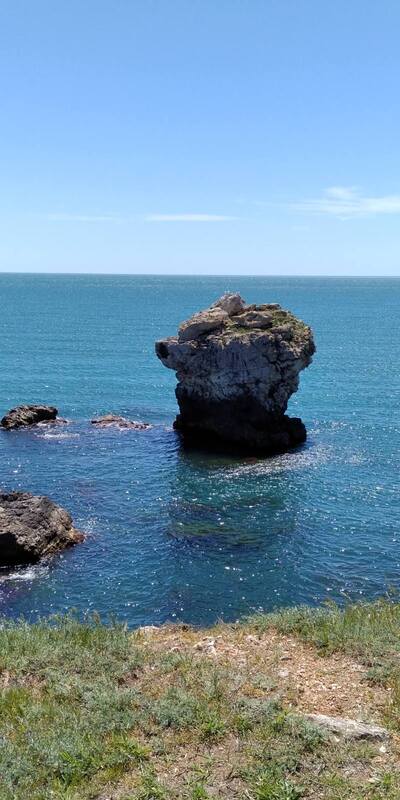
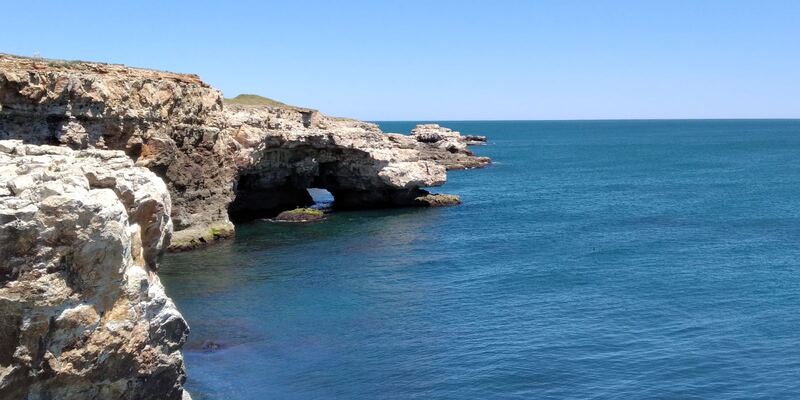
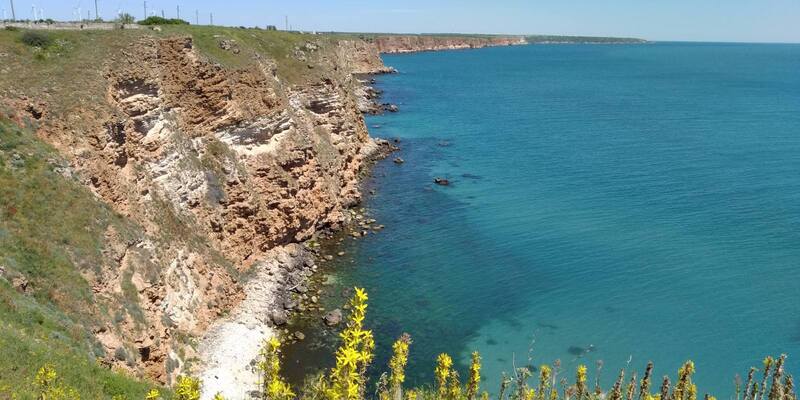
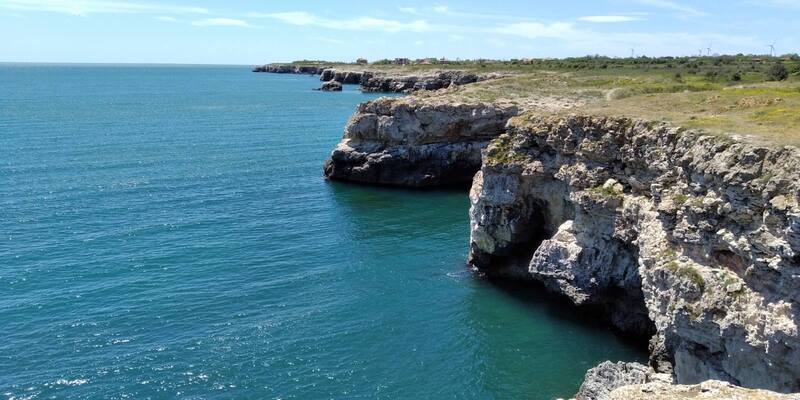
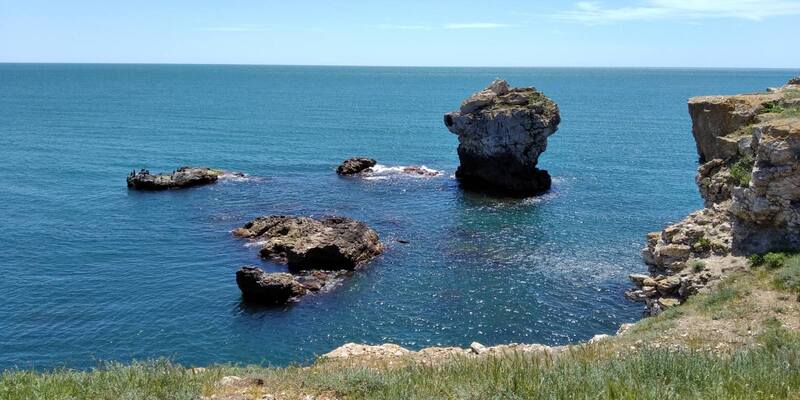
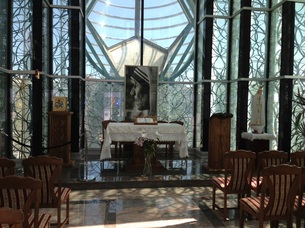
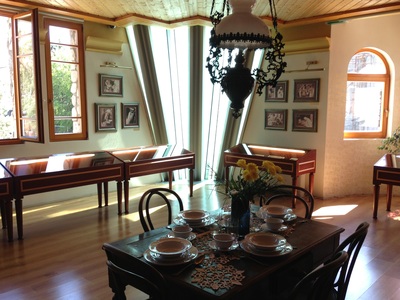
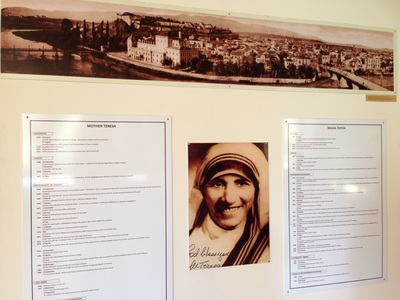
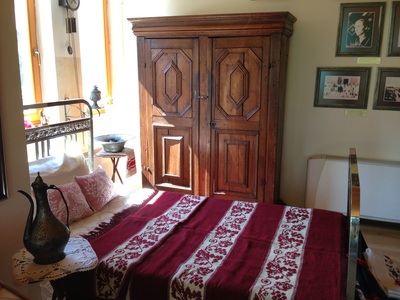
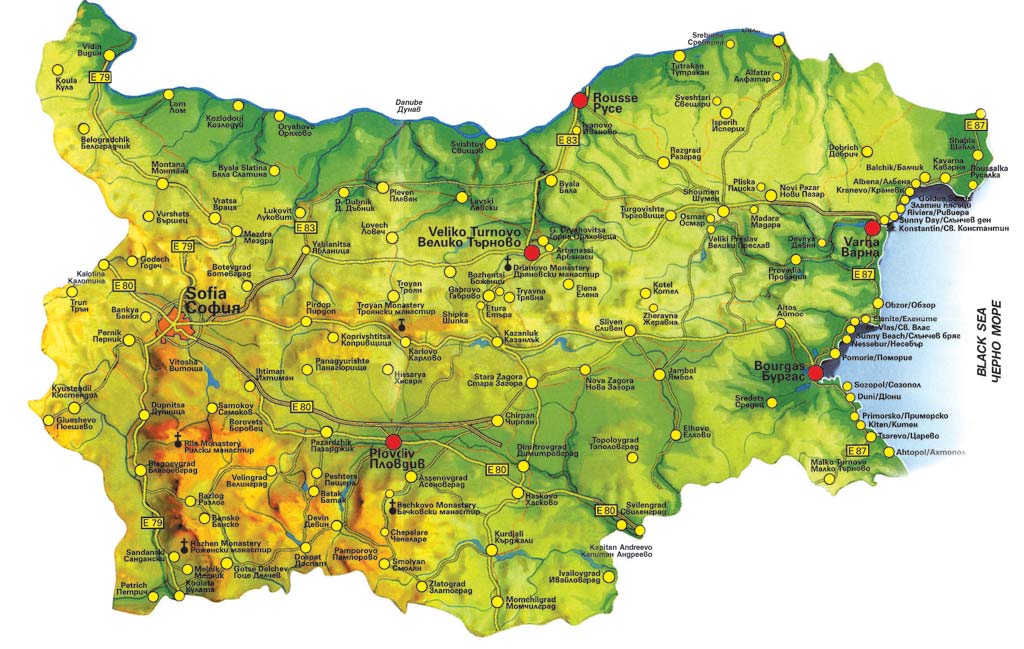
 RSS Feed
RSS Feed

